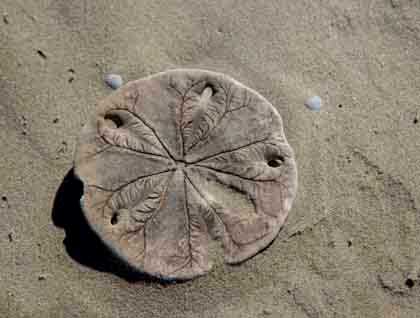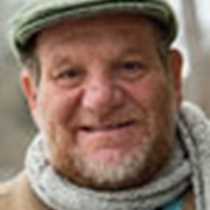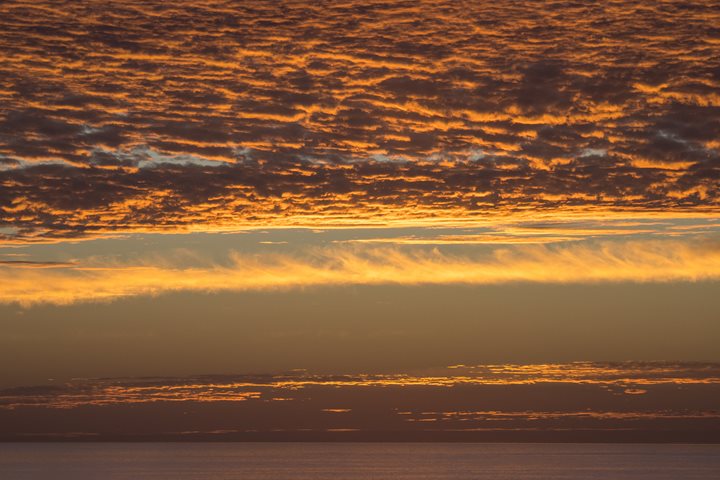As we awaken on our first morning, the panoramic view of Magdalena Bay illuminated by the rising sun was a perfect start to our first day here in Baja California. Long lines of pelicans and double crested cormorants flew across a beautiful pink sky on their journey from their nightly roost to their daytime feeding grounds. It was easy to get lost in the birds and the sunrise until someone informed the group on deck that it was time for our first feeding of the day as well.
It’s day one and there is business to take care of before we can disembark for our first adventure of the expedition. First order of the day was to muster in the lounge for our abandon ship drill, an introduction to the naturalist staff, and a few other formalities of living on the National Geographic Sea Bird for the next week. Formalities finished, we boarded our expedition landing craft for our first adventure off the ship. We had anchored just inside the mouth of Magdalena Bay off near the beach known as Sand Dollar Beach. Here it is a short but beautiful walk from the inside of Magdalena Island to the outside and the open Pacific Ocean. As we hiked, our ship’s naturalist gave us a sample of the incredible amount of knowledge our guides have about the many different organisms found in the drifting sands. Plants, shells, skeletons of animals, and footprints of everything from coyotes to white footed mice, everything was explained, everything has its place in the desert sands of Baja California. When we reached the ocean shore on the other side we were treated with a spectacular view of breaking waves and visual evidence of why this is called Sand Dollar Beach. The tests of sand dollars lay along the beach like a young child’s collection of shells collected over years of beachcombing. Sand dollars were not the only remnants of marine organisms found in the sand, and shells of all colors and shapes tempted us to collect some and bring them home. Collection, however, is not in the best interests of the ecosystem; we took photos and left only our footprints as evidence of our brief but pleasant visit.
Back on board we raised anchor and headed north to the main area in the bay for gray whales. The first portion of our passage was filled with mangrove forests that crept closer and closer to the middle of the channel. This gave us wonderful opportunities to view herons, and other bird life along the edge of this important habitat. Eventually, the channel opened wide and then, the first sighting of our first whale ahead. Everyone focused their attention to the area in which the sighting occurred. As the whale spouted again conformation of our hopes appeared before us. As we traveled further up the channel another spout, and then a view of an actual body of the whale. Cameras shuttered, people oohed at every sighting of another whale. Soon, whales were not a distant image; they were alongside us and females with calves’ surface and dove. Sometimes, a whale would roll or slash its fluke from one side to another and the excitement rose for us all.
It is the end of our first day, tomorrow we will board our expedition landing craft and visit these magnificent animals close and at their level. Gone are the memories of long flights and the tiresome travel it took to get here, we truly are among the great whales.







